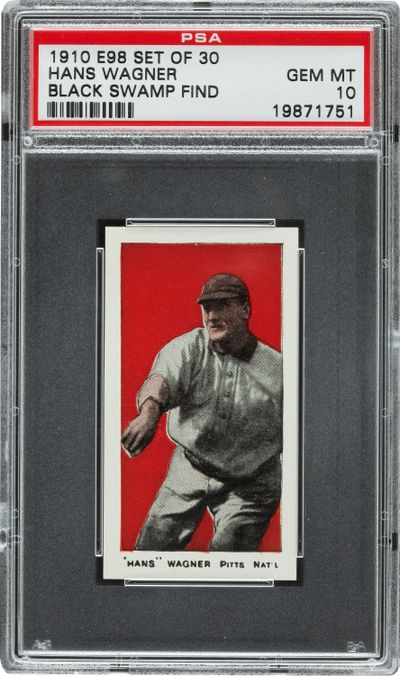Baseball cards discovered in attic fetch $566,132

TOLEDO, Ohio – The discovery of century-old baseball cards in an Ohio attic isn’t going to make anyone super-rich even though it’s being called one of the most exciting finds in the history of sports card collecting. That’s because the cards and the money are being evenly divided among 20 cousins.
A sampling of the treasure trove that had been untouched for 100 years was sold Thursday night during the National Sports Collectors Convention in Baltimore. The 37 baseball cards featuring the likes of Hall of Famers Ty Cobb, Cy Young and Honus Wagner fetched $566,132 in brisk online and live bidding. They were expected to bring about $500,000.
“It was a lot of fun,” said Chris Ivy, director of sports auctions at Heritage Auctions, which conducted the sale. “The room was packed.”
He said two lots were sold to Internet bidders and the third went to a live bidder. The auction house declined to identify the winning bidders.
Family member Karla Hench, who helped find the cards, said the cards brought “fantastic prices and we’re very excited that we can all share in this find. It’s like a gift from our grandfather to keep passing on.”
What made this find so special was that the 700 cards were nearly pristine, the finest examples anyone had ever seen from an extremely rare series given out with candy around 1910.
The best of the bunch was sold in three lots – one, which sold for $286,800, was a nearly complete E98 set, the name of the the series the cards were issued under, and another was a Honus Wagner card that was judged to be in perfect condition by Professional Sports Authenticator, a company that grades cards on a 1-to-10 scale based of their condition. It brought $239,000.
The highest price ever paid for a baseball card is $2.8 million for a different Wagner card – a 1909 version produced by the American Tobacco Co. and included in packs of cigarettes. Only about 60 of Wagner’s tobacco cards are known to exist after being pulled from circulation, either because the ballplayer didn’t want to encourage smoking among children or because he wanted more money.